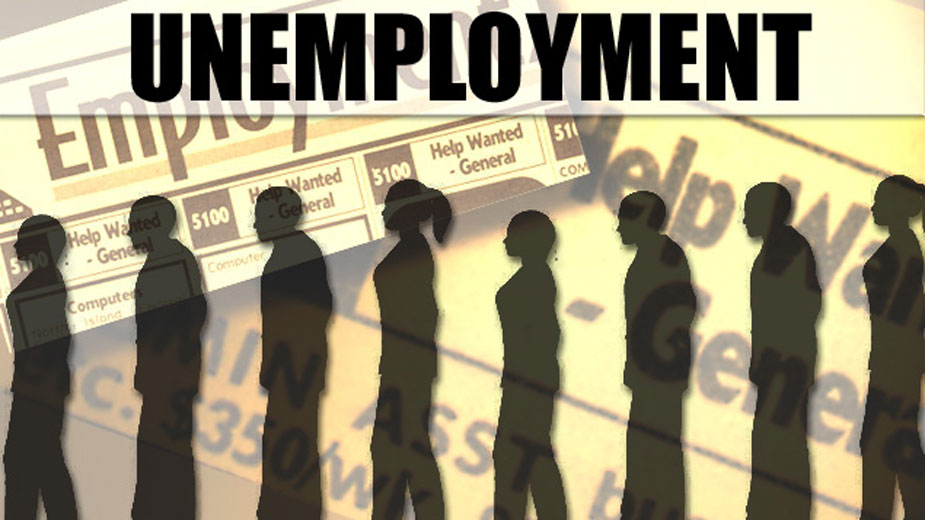Ohio Jobless Claims Climb Higher
COLUMBUS, Ohio — New unemployment claims in Ohio climbed higher for the week ended April 2 after hitting an eight-week high the previous week.
Last week, 17,662 Ohioans filed unemployment claims for the week ended April 2, up from the 16,156 filed the week prior – an increase of 1,506 week-over-week, according to the Department of Job and Family Services.
Continued claims, however, dipped for the fifth consecutive week to 47,318, down from 47,679 the week ended March 26. Ohioans filed 64,980 claims from March 27 to April 2, up from 63,835 filed the previous week.
Ohio’s unemployment rate in February was 4.2%. The national unemployment rate in February was 3.8%. Ohio’s labor force participation rate in February was 61.5%, compared to a national rate of 62.3%.
Pennsylvania filed 7,519 initial jobless claims for the week ended March 26, according to the most recent data available from the Center for Workforce Information & Analysis. That’s down from the 8,342 claims reported the week prior. Continued claims in the commonwealth decreased to 87,409 for the week ended March 26 from 94,484 the week prior.
Nationally, fewer Americans applied for unemployment benefits last week as layoffs remain at historically low levels.
Jobless claims fell by 5,000 to 166,000 for the week ending April 2, the Labor Department reported Thursday. The previous week’s number was revised down a whopping 31,000 claims. In recent weeks, claims have hovered at more than 50-year lows. First-time applications for jobless aid generally represent the pace of layoffs.
The four-week average for claims, which compensates for weekly volatility, fell by 8,000 to 170,000 from the previous week’s 178,000, which was revised down by 30,500.
In total, 1,523,000 Americans were collecting jobless aid for the week ending March 26, an increase of 17,000 from the previous week, which was the lowest in more than 50 years.
Last week, the Labor Department reported that U.S. employers extended a streak of robust hiring, adding 431,000 jobs in March and pushing the unemployment rate down to 3.8%. Despite the inflation surge, persistent supply bottlenecks, damage from COVID-19 and now a war in Europe, employers have added at least 400,000 jobs for 11 straight months.
Job openings hovered at a near-record level in February, little changed from the previous month, continuing a trend that Federal Reserve officials see as a driver of inflation. There were 11.3 million available jobs last month, matching January’s figure and just below December’s record of 11.4 million, the Labor Department reported last week.
The number of Americans quitting their jobs was also historically high, at 4.4 million, up from 4.3 million in January. More than 4.5 million people quit in November, the most on records dating back two decades.
The Fed launched a high-risk effort last month to tame the worst inflation since the early 1980s, raising its benchmark short-term interest rate and signaling up to six additional rate hikes this year. The minutes from that mid-March meeting, released Wednesday, revealed aggressive Fed officials saying that half-point interest rate hikes, rather than traditional quarter-point increases, “could be appropriate” multiple times this year.
Last week, an inflation gauge closely monitored by the central bank jumped 6.4% in February compared with a year ago, with sharply higher prices for food, gasoline and other necessities squeezing Americans’ finances. Other measures have shown prices rising close to 8% in the past year.
Fed policymakers have projected that inflation will remain elevated at 4.3% through 2022.
The Associated Press contributed to this report.
Published by The Business Journal, Youngstown, Ohio.



